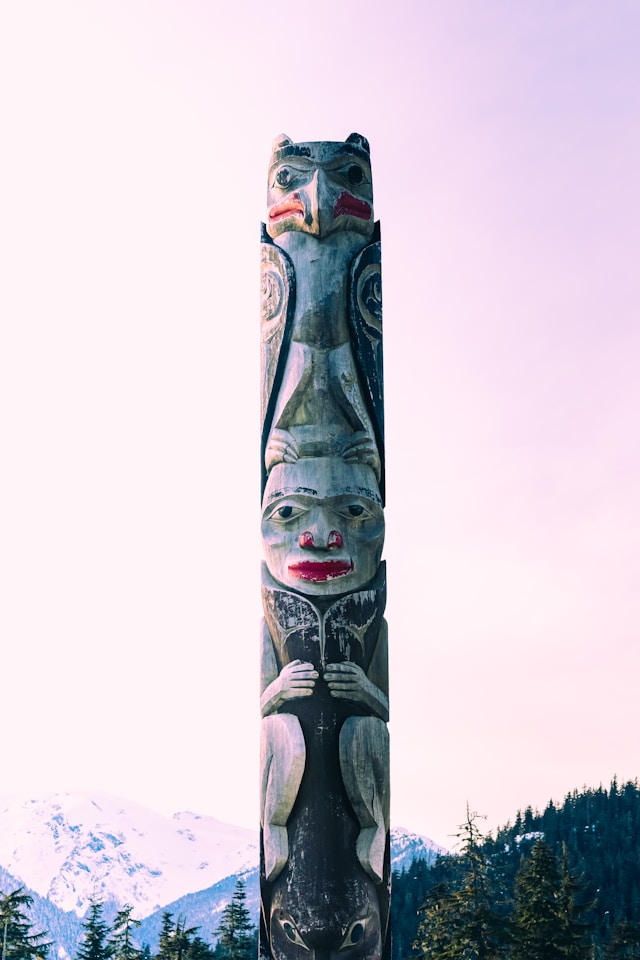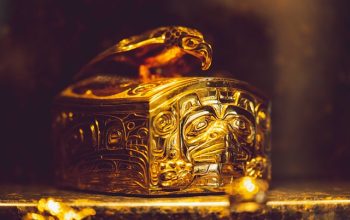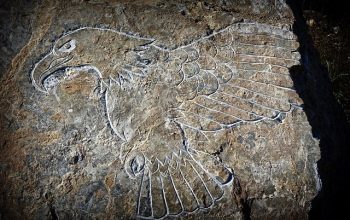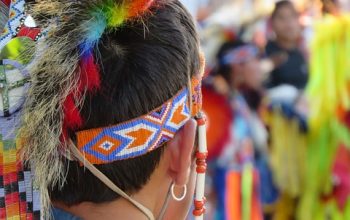The Secwepemc, have resided in the interior of British Columbia for thousands of years, developing a rich cultural and spiritual relationship with the land. This bond is profoundly manifested in several sacred sites that dot the landscape, serving as tangible links to their ancestry, spirituality, and history. These sites are not merely places of beauty; they are steeped in the collective memory and identity of the Shuswap people, embodying stories, practices, and beliefs that have been passed down through generations. Understanding these sacred landscapes requires an appreciation of the Secwepemc’s holistic view of the world, where the land is seen as a living entity, intertwined with the physical and spiritual well-being of its people. The significance of these sites transcends their physical attributes, offering insights into the ways in which the Secwepemc people navigate their relationship with the environment, their community, and the cosmos.
Key Sacred Sites and Their Significance
Among the most revered sites within the Shuswap territory are the Adams River, Mount Paul, and the Shuswap Lake itself. Each of these landscapes holds a unique place in the Secwepemc’s spiritual and cultural tapestry.
- The Adams River is celebrated for its annual salmon run, a natural phenomenon that has sustained the Shuswap people both physically and spiritually for millennia. This event is not only a critical source of food; it is a powerful symbol of resilience, renewal, and the interconnectedness of life. The river’s journey mirrors the life cycles of the Secwepemc people, embodying themes of return, rebirth, and the enduring strength of nature.
- Mount Paul, known as Knucwentwecw to the Secwepemc, stands as a sentinel over the confluence of the North and South Thompson Rivers. Its presence is a constant reminder of the stories and legends that form the backbone of Secwepemc oral tradition. It is said to be a place where the physical and spiritual worlds converge, offering a space for prayer, reflection, and connection with the ancestors.
- Shuswap Lake, with its sprawling expanse and intricate system of waterways, is a hub of life and activity for the Secwepemc people. The lake and its surrounding areas are rich in cultural sites, including ancient village sites, ceremonial grounds, and burial places. These areas are sacred, not only for their historical significance but for their role in the ongoing cultural practices and traditions of the Shuswap people. The lake serves as a reminder of the deep, intrinsic link between the Secwepemc and their ancestral lands, a connection that continues to shape their identity and way of life.
Cultural Practices and the Preservation of Sacred Sites
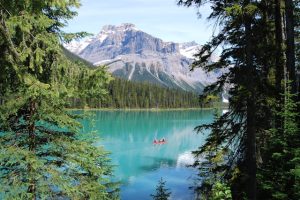
The preservation of these sacred sites is paramount to the Shuswap people, as they are essential to the maintenance of their cultural heritage and spiritual practices. Efforts to protect these areas are deeply intertwined with broader initiatives to sustain the environmental health and integrity of the Shuswap territory. Traditional ecological knowledge plays a crucial role in these conservation efforts, reflecting a deep understanding of the land and its ecosystems that has been honed over countless generations.
- Environmental stewardship, as practiced by the Secwepemc, is rooted in a philosophy of respect, reciprocity, and responsibility. This approach is evident in the sustainable harvesting practices, land management techniques, and ceremonial activities that are conducted in and around sacred sites. These practices not only ensure the physical preservation of these areas but also reinforce their spiritual and cultural significance.
- In recent years, the Shuswap people have engaged in various partnerships and dialogues with governmental and non-governmental organizations to advocate for the protection of their sacred landscapes. These collaborations have led to the development of protective legislations, land use agreements, and cultural education programs aimed at safeguarding the Secwepemc’s spiritual heritage while promoting a deeper understanding and appreciation among the wider public.
The sacred sites of the Shuswap people are living landscapes, imbued with stories, wisdom, and the spirits of the ancestors. They are places of teaching, learning, and connecting, essential not only to the cultural continuity of the Secwepemc but also to the collective memory and heritage of humanity. As we seek to understand and respect these sacred landscapes, we are reminded of the profound connections that exist between all peoples and the natural world, urging us toward a future where these bonds are honored and preserved for generations to come.
Kanata Pelq’ilc, a Secwepemc historian, studied at the University of British Columbia, enriching his passion for sharing his culture’s history. Through his blog, he advocates for the preservation of Shuswap traditions and environmental stewardship, bridging historical wisdom with modern relevance. His efforts highlight the Secwepemc’s deep land connection, promoting cultural understanding and respect.

